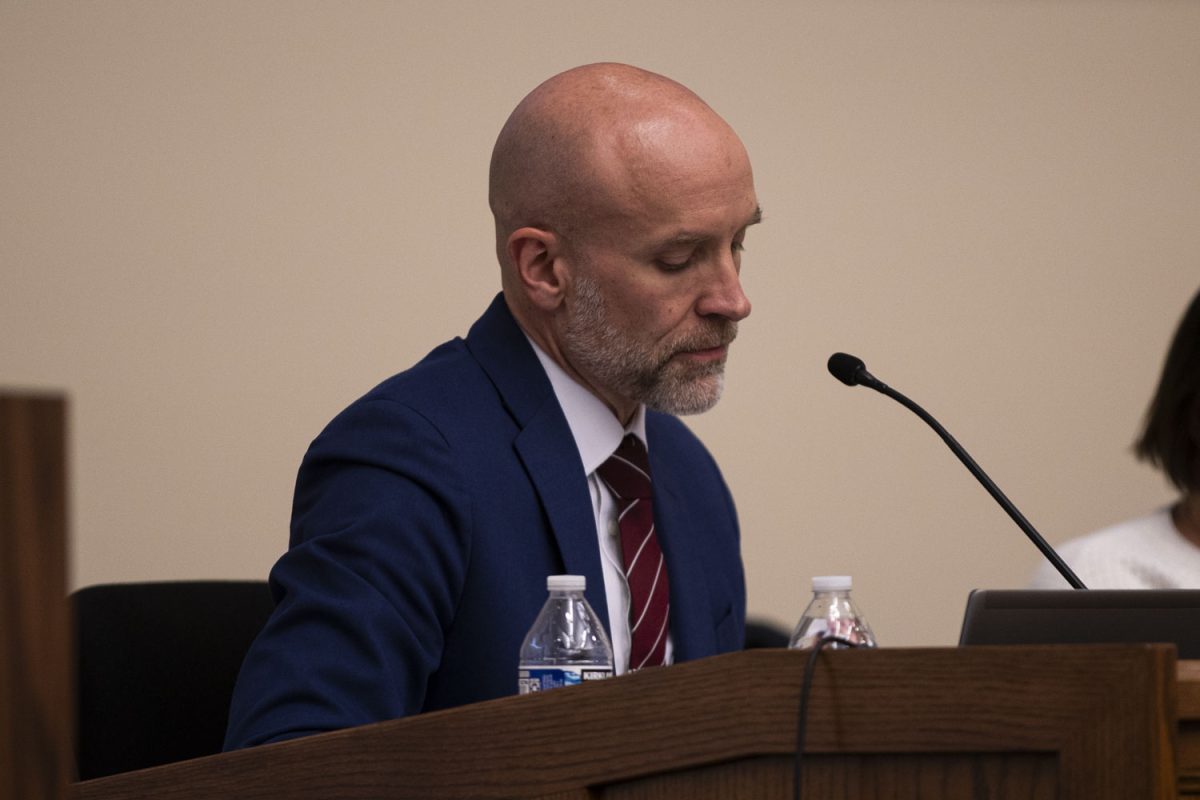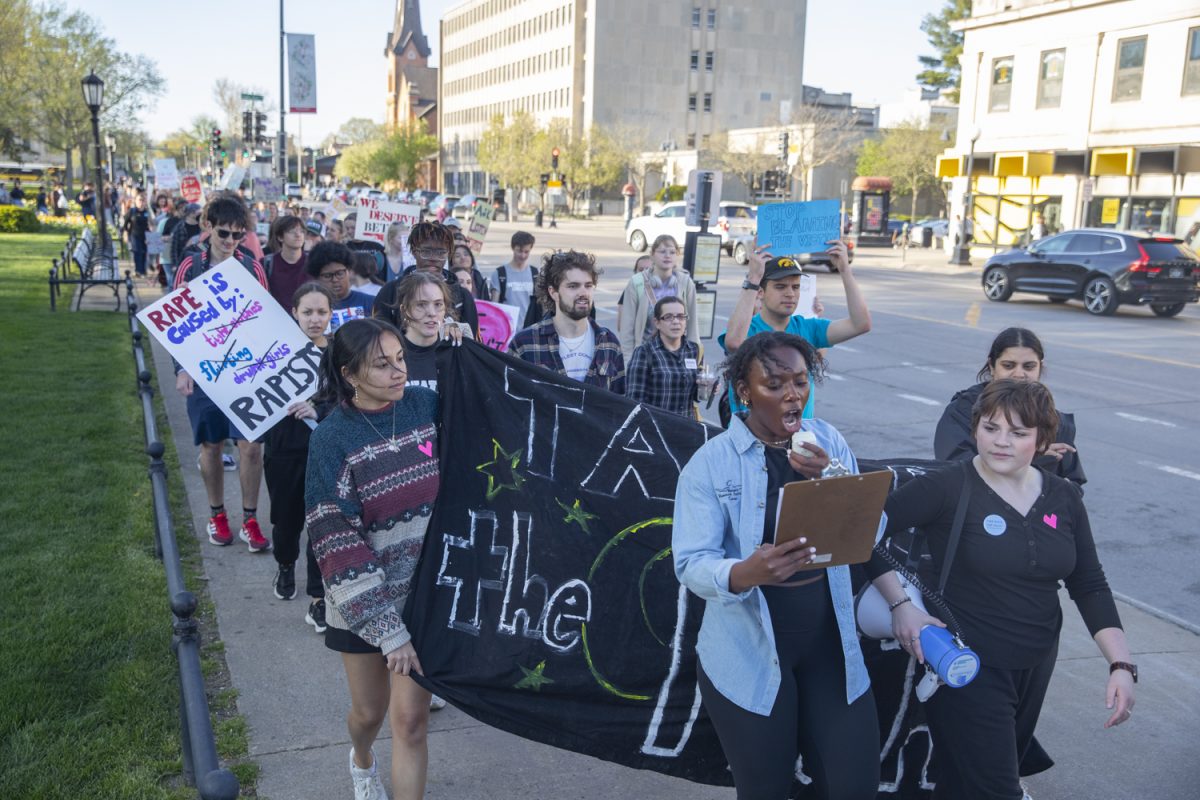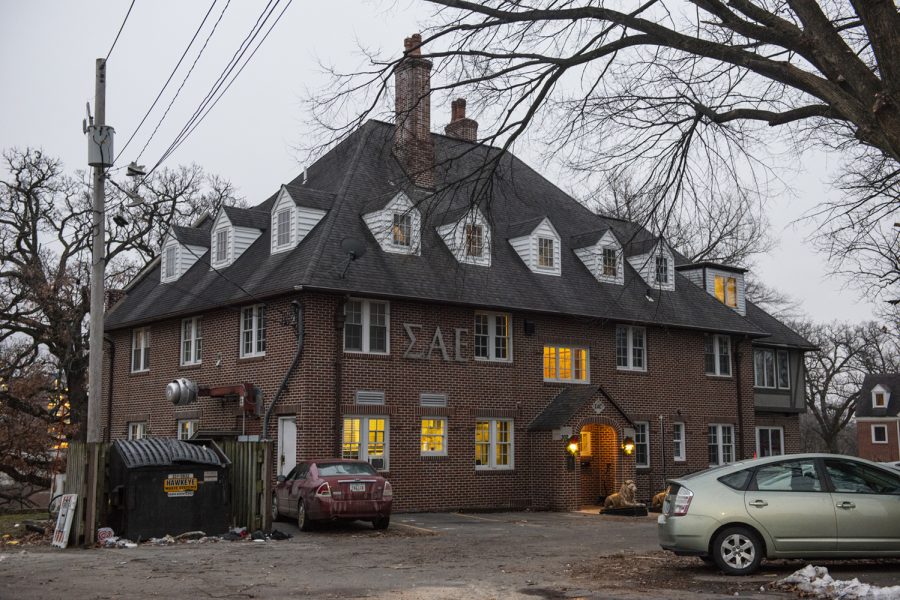After early voting statistics showed fewer voters turned out than in past years, voter turnout overall this year followed the same path.
This year, 10,928 people voted in Iowa City, 22.39 percent of registered voters. In 2007, the first time the controversial 21-ordinance was on the ballot, there were 15,728 voters, 34.31 percent.
University of Iowa political-science Associate Professor Timothy Hagle said the turnout in 2007 was a record for off-year elections.
Johnson County Auditor Travis Weipert said though voter turnout this year was less than in 2007, he is still numbers slightly exceeded his expectations.
“[Voter turnout was] a little bit higher [than I expected],” Weipert said. “We always like to see it higher.”
The 21-ordinance was a large factor for voting turnout among students, Weipert said. Though he didn’t yet have statistics for the number of student voters, he said the ordinance’s presence on the ballot drew more student voters than in some previous years.
“When you put an issue like that on the ballot, you’re going to get a lot of students out,” he said.
This year, Iowa City voters upheld ordinance with 66 percent voting to keep people under 21 out of bars after 10 p.m.
Hagle said though the ordinance’s presence on the ballot may have driven up the student-voter numberrs, this wasn’t enough to repeal the ordinance.
“[Students] don’t necessarily feel that they’re losing anything,” he said. “It’s just not something that they’re as intense about.”
Though the ordinance did not get repealed, some UI students who voted said it should have been.
“I just think downtown life would be more fun,” UI sophomore Kirstyn Russell said, noting she works at a bar in downtown Iowa City. “We would get more business.”
In 2007, the ordinance failed by a margin of 16 percent, with 58 percent voting against the ordinance.
Hagle said in 2007, more students were passionate about not passing the ordinance, but this has subsided in subsequent elections.
“The first time the issue was on the ballot … they were clearly going to lose something,” he said. “Once you get a law in place, it’s often hard to change it. At this point, very few of the students … have experienced the bar scene.”
Weipert agreed students today are less invested in the 21-ordinance issue, adding this is especially true for newcomers to the UI.
“The current group of freshmen and sophomores … I don’t think they were as passionate,” he said.
Another UI student said though he personally may not be affected by the ordinance, he still feels strongly about it.
“I’m empathetic,” UI sophomore Christian Woodruff said. “I care about the people that it does affect.”
Johnson County officials said more people voted on the 21-ordinance issue than voted on the City Council election. Hagle said this is because of students, who didn’t feel as strongly about the council election.
Weipert said many students asked him whether they needed to vote on issues other than the 21-ordinance, showing they aren’t as interested in other issues.
Weipert said he is glad people are voting, whatever they’re voting for.
“We want everybody to exercise their right to vote,” he said.






